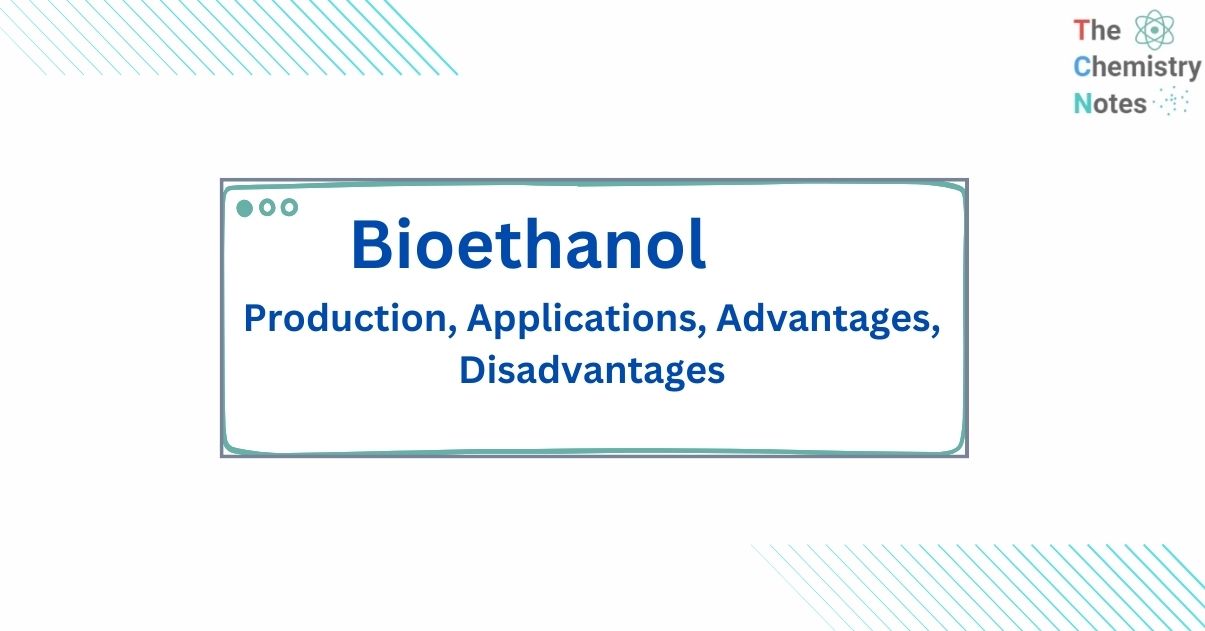
Bioethanol is a fuel derived from plants such as corn or sugarcane. Bioethanol fuel is mostly created through the sugar fermentation process, although it can also be made chemically by combining ethylene with steam.
Bioethanol is chemically equivalent to petroleum-derived ethanol. Corn, switchgrass, sugar cane, algae, and other biomass are common bioethanol feedstocks. The feedstocks are fermented, during which certain yeast species absorb the sugar in the feedstocks. Bioethanol and carbon dioxide are produced throughout the process.
The majority of the sugar used to make ethanol comes from fuel or energy crops. These crops include corn, maize, and wheat plants, waste straw, willow and oak trees, sawdust, reed canary grass, cord grasses, Jerusalem artichoke, and sorghum plants. In addition, research and development into the use of municipal solid waste to make ethanol fuel is ongoing.
Preparation of bioethanol
The hydrolysis and sugar fermentation processes can be used to create ethanol from biomass. The complex mixture of carbohydrate polymers from plant cell walls known as cellulose, hemicellulose, and lignin is found in biomass wastes. To manufacture sugars from biomass, the material is pre-treated with acids or enzymes to reduce the size of the feedstock and open up the plant structure. The cellulose and hemicellulose components are hydrolyzed (broken down) by enzymes or dilute acids into sucrose sugar, which is fermented to produce ethanol. Lignin, which is also included in biomass, is typically utilized as a fuel for the boilers of ethanol production plants.
Production of bioethanol involves the following steps:
- pretreatment to remove hemicellulose and lignin from cellulose,
- hydrolysis of cellulose to get fermentable sugars.
- fermentation to convert carbohydrates into ethanol
- distillation to separate and purify the ethanol.
Concentrated acid hydrolysis, dilute acid hydrolysis, and enzymatic hydrolysis are the three methods to extract ethanol from biomass.
Concentrated Acid Hydrolysis
This process employs the addition of 70-77% sulphuric acid to biomass that has been dried to a moisture content of 10%. The acid is added at a ratio of 1.25 acid to 1 biomass, and the temperature is kept at 50 degrees Celsius. After adding water to dilute the acid to 20-30%, the liquid is heated to 100°C for 1 hour. The gel formed from this mixture is then pressed to yield an acid-sugar mixture, which is separated using a chromatographic column.
Dilute Acid Hydrolysis
One of the oldest, simplest, and most efficient techniques of creating ethanol from biomass is dilute acid hydrolysis. To hydrolyze the biomass to sugar, dilute acid is utilized. The first stage hydrolyzes the hemicellulose in the biomass with 0.7% sulphuric acid at 190°C. The second stage is designed to produce a more resistant cellulose fraction. This is accomplished by utilizing 0.4% sulphuric acid at 215oC. After that, the liquid hydrolates are neutralized and recovered from the process.
Hydrolysis by Enzyme
Instead of employing acid to hydrolyze the biomass into sucrose, we can use enzymes to perform the same thing. This method, however, is quite expensive and is still in its early phases of development.
Applications of bioethanol
- As an alternative to fuel, bioethanol can be utilized in petrol engines. It can be combined with petrol in almost any proportion. The majority of existing petrol engines run on bioethanol/petroleum mixtures of up to 15%.
- Bioethanol’s greater octane rating than ethanol-free petrol raises an engine’s compression ratio, increasing thermal efficiency. It is also used as a fuel source for bioethanol fireplaces. It is ideal for home usage because it is flueless and does not require a chimney.
- Thermal combustion fuel for electricity generation
- Energy source for cogeneration units
- In the chemical industry, it is used as feedstock.
- Thermochemical reactions provide fuel for fuel cells.
Advantages of Bioethanol
- It burns more completely than petrol, producing a far cleaner emission.
- As long as it contains starch or sugar, there are multiple sources for this fuel.
- It improves energy security by shifting the requirement for certain foreign-sourced oil to domestically produced energy sources.
- It is a non-toxic, renewable resource.
- It degrades naturally.
- It helps to reduce global warming.
- It contributes to the reduction of greenhouse gas emissions.
- It lessens reliance on crude oil.
- It helps to reduce air pollution.
- It generates new work opportunities in the agriculture and biofuel production industries.
Disadvantages of bioethanol
- When compared to regular gasoline, ethanol fuel has a lower volumetric energy density, which means automobiles require more bioethanol per kilometer.
- It may damage some elastomers and corrode certain metals inside the vehicle, necessitating frequent replacement.
- When utilized in pure form (E100 blend), bioethanol is difficult to evaporate at low temperatures, making E100-equipped vehicles more difficult to start in cold weather.
Difference Between Bioethanol and Ethanol
- Bioethanol and ethanol share physical and chemical properties. The main difference is the resources used to produce these fuels.
- Bioethanol is made by fermenting sugars in plants, whereas ethanol is made by fermenting starches.
- Furthermore, because bioethanol has a higher octane rating than ethanol, it burns more efficiently and cleanly.
References
- https://www.carboncollective.co/sustainable-investing/bioethanol.
- https://www.azocleantech.com/article.aspx?ArticleID=403.
- https://www.esru.strath.ac.uk/EandE/Web_sites/02-03/biofuels/what_bioethanol.htm.
- https://www.intechopen.com/chapters/74319
